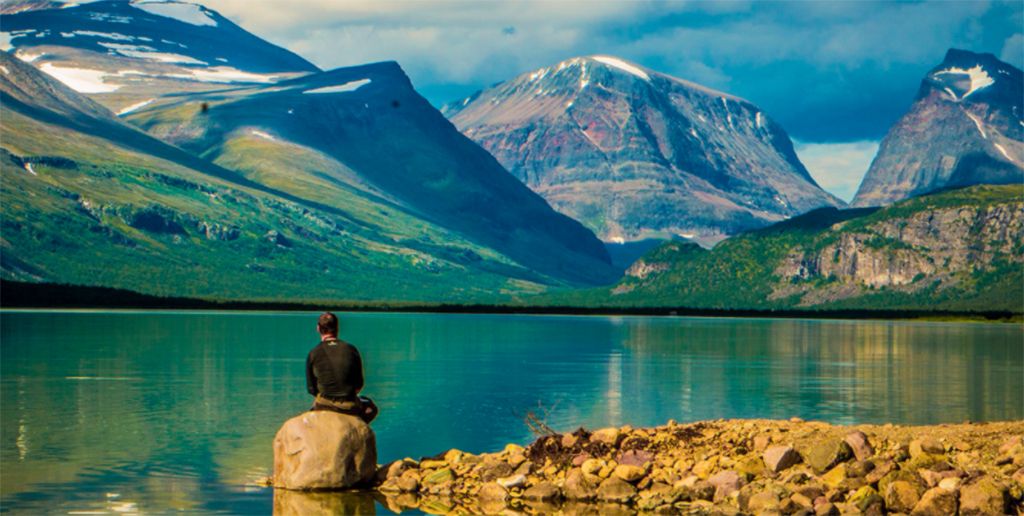Norway’s Beloved Outdoor Brand Norrøna Expands Stateside
The team at the 90-year-old company discusses sustainability, functionality and pragmatism
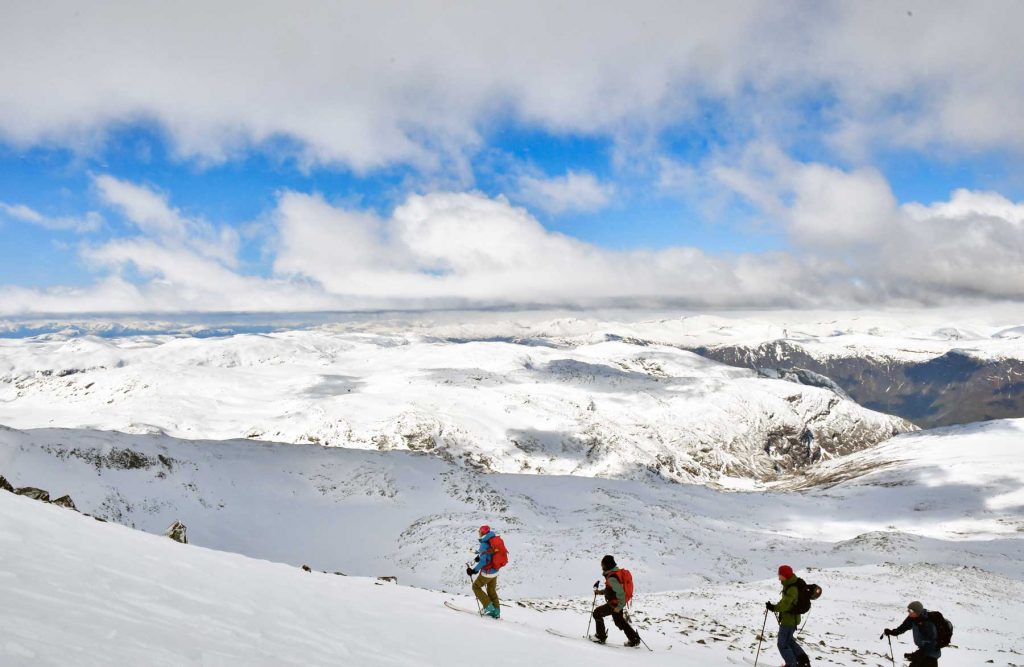
Founded by outdoor enthusiast Jørgen Jørgensen, Norrøna has been making snow gear for 90 years in Oslo. While the brand dominates in Scandinavian markets, it is only now opening brick and mortar stores stateside—starting with a Boulder, Colorado shop this past summer, and now a storefront in NYC’s SoHo, which opens tomorrow, 6 December.
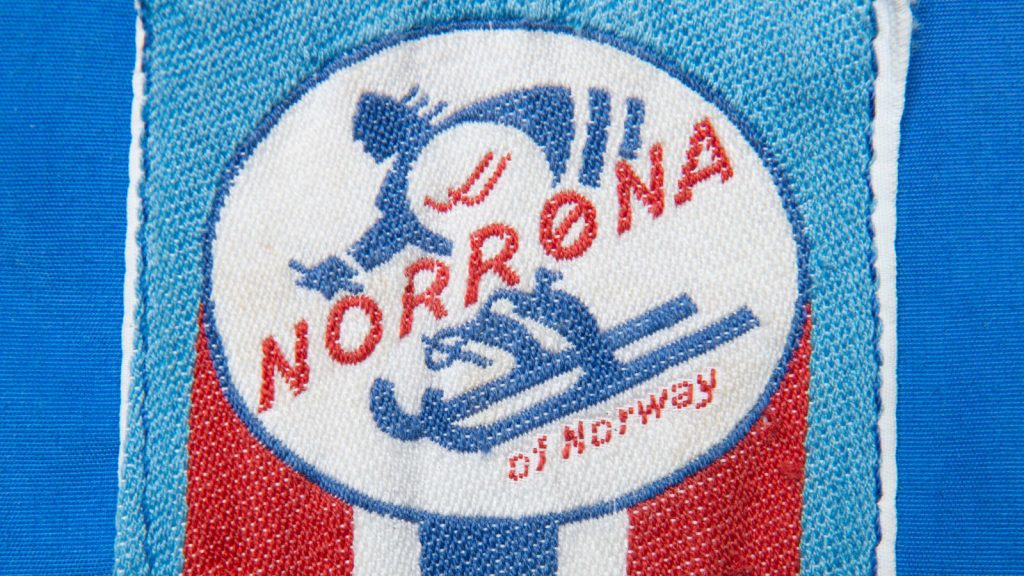
Norrøna isn’t just testing the bigger names in the business, but also the philosophy behind it all. For instance, each store isn’t only a retail space; it’s a repair shop as well. Further, Norrøna offers a 100% guarantee on every item sold, and they continue to repair products that are 20 years old or older. This sustainability mission is focused on using recycled materials logically, not greenwashing. Whenever you search a Norrøna product, the brand very openly lists materials and hardware (and why they were selected) as well as the factories where their products are manufactured.
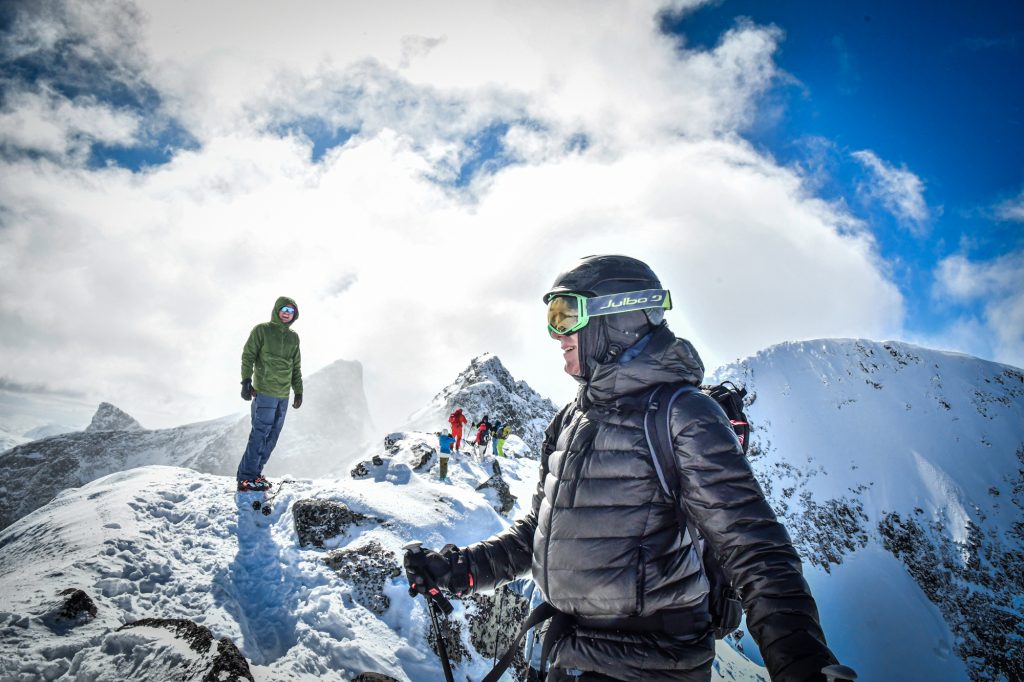
Earlier this year, we went to Norway to test the current FW collection during a backcountry ski tour based out of the historic mountaineering center of Turtagrø, in the heart of the Hurrungane range. We also got to visit Norrøna’s Oslo headquarters, and meet with the third-generation family member (also named Jørgen Jørgensen) who runs the company, as well as speak with the brand’s head of sustainability, Brad Boren, and head of design, Fredrik Lundberg.
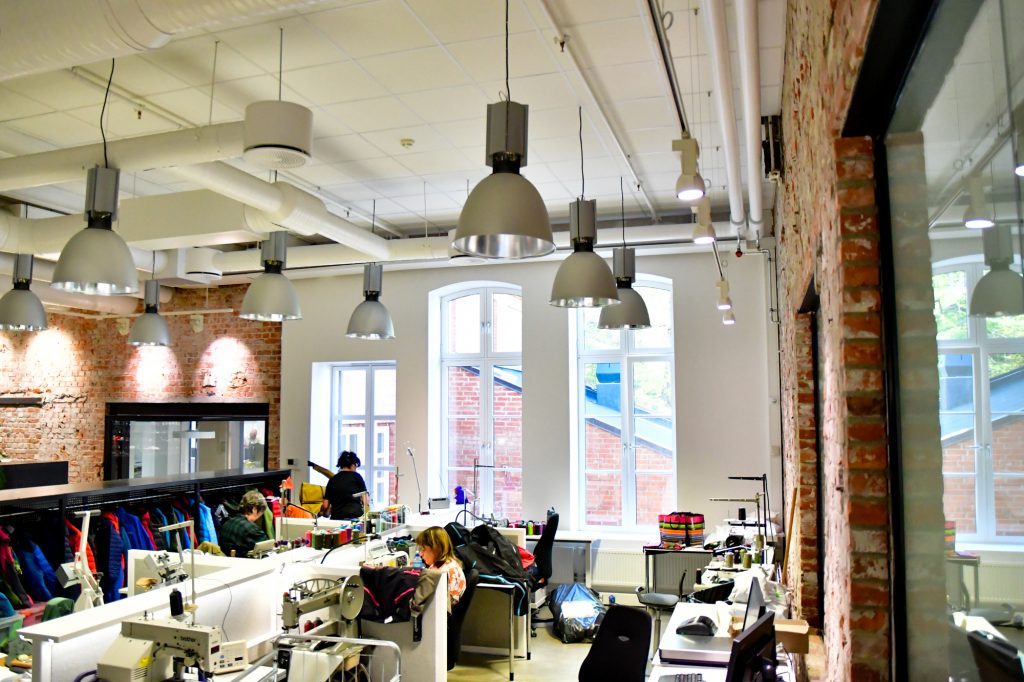
You’re shifting production from China to Lithuania in part to shorten your supply chain and to reduce your carbon footprint, but you’ve also talked about how using recycled materials isn’t really enough. Can you elaborate?
Fredrik Lundberg: I’m guessing that 90% of the materials we use are not off-the-shelf—that’s whether it’s new or recycled. [For the recycled items], we have to re-engineer it with suppliers. And don’t forget maybe the existing quality is there, but then we want a non-polluting water-repellent material. We’re trying to get to a zero carbon footprint. But there are challenges regarding how that fabric feels. You want 100% of the benefit of being carbon neutral and 100% of the quality, but something has to give. Remember with recycled materials you have to do a kind of archaeology. In Norway [higher carbon] materials are banned. We’re the only country in the world with this ban. So we have to make sure we don’t have any residual high-carbon materials from the prior supplier.
Brad Boren: You also have to be honest. Just because a material is ecological, what if it’s not at all durable? How do we make sure that things are durable enough? Creating a better, more sustainable product means using recycled fiber is definitely one of the ways to go. But we also know that we probably have to blend, sometimes, recycled and virgin materials. Ultimately a lower carbon footprint is not having to replace what you bought a year from now.
You’ve also taken recycling beyond textiles, right?
BB: Yes, we have zipper pulls on some of our clothing made from the floor sweepings from a Finnish furniture company. The sawdust is literally pressed with resin.
FL: We like it as designers because it feels nicer in your hand than metal or plastic. There are other options in this space, too, for instance rice husks are something the clothing industry is exploring using in place of plastics.

From a design perspective, Norrøna seems to exist on the edge between function and style.
FL: If you look at the Tamok Insulated Jacket you can see we’re saying function doesn’t have to be, strictly speaking, a “ski” jacket. We looked at the iconic denim jacket, and our first prototype was a soft shell kind of fabric, which has a lot of noise. So we thought, “Can we push it even further?” And that was combining the right materials—don’t forget, it’s still 50% recycled synthetic fibers—with a lot of function. So we put corduroy at the collar which you can button high, and at the cuffs, but the sleeves have zippers where a traditional denim jacket has open arm holes that would be cold. We did the same thing at the front, with traditional snaps but a hidden zipper behind that. And the insulation is wool from Norwegian sheep.
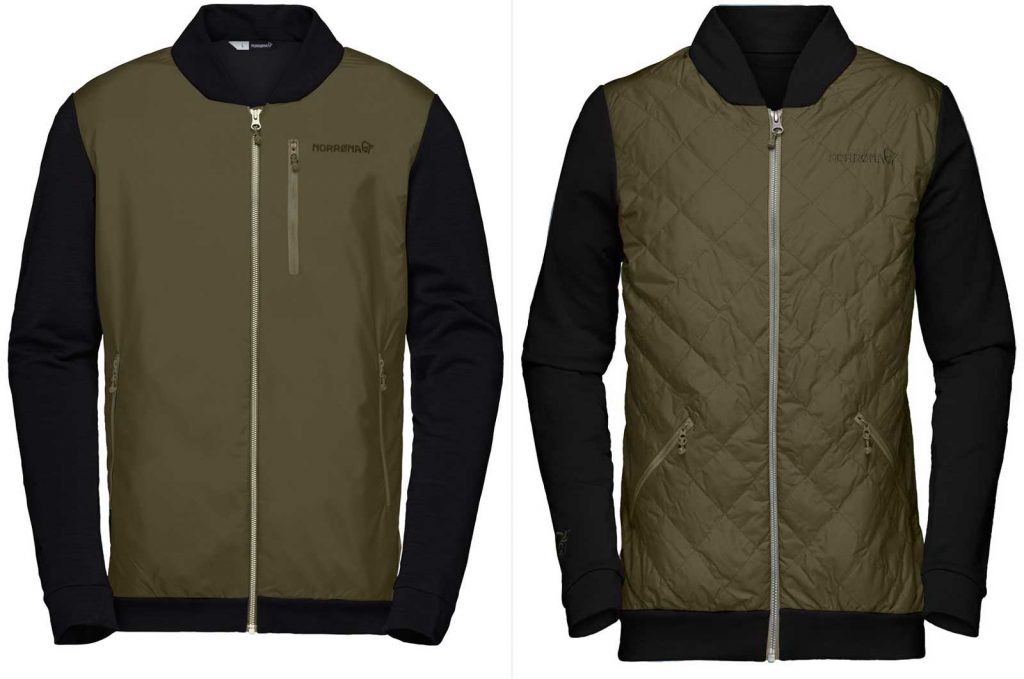
Isn’t another example the Rødal Warmwool Jacket?
FL: This is less of a stretch. Bomber jackets were invented for bomber pilots—it was cold in those planes. Today we think of a bomber jacket for lifestyle, but we’re still kind of stealth about incorporating performance. The front uses recycled material that’s wind-resistant, and we’re using a light, durable poly that’s quick-drying, and there’s wool insulation again for warmth and to fight odor. And that zipper too, that’s not metal because it would be cold against your skin, but it looks like it. That’s purely about aesthetics, but that’s a really good example of us not wanting to sacrifice function.

But then of course you still have some very serious, expedition-level pieces.
FL: Yes, if you look at the Tamok Recon Co-Lab Gore-Tex Pro it’s a good example. It has a lot of pockets, but even those are added strategically, in the right places. It’s a military jacket that’s been adapted for the backcountry skier or alpinist, and functionally they overlap a lot. Our design philosophy is if it’s not giving some extra benefits for the product, we just don’t do it.

BB: This is really cultural. I’m an American. I was the first non-Swede, non-Norwegian to work here when I came 21 years ago, and now we have people from all over the world. But the company DNA is to not complicate it. For instance, we have a non-email policy within the same building. You have a conversation instead. Why spend a week bouncing emails around the same office? That’s like adding extra pockets. It’s the same idea. Have one conversation with everyone. It’s the way of this company going back a century.
Norrøna NYC opens 6 December at 67 Greene St
